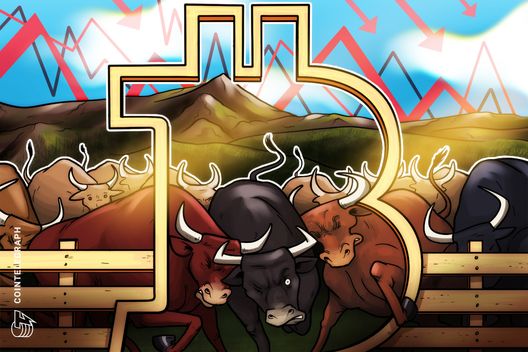As Bitcoin surged to unprecedented heights, reaching $118,000, Peter Schiff, a well-known economist and gold advocate, sparked heated discussions within the cryptocurrency circle. He criticized the 21 million Bitcoin supply limit as lacking authenticity, claiming it’s founded more on societal belief than intrinsic scarcity.
How Justifiable is Bitcoin’s Supply Cap?
Bitcoin’s all-time high led Schiff to express his thoughts publicly, questioning the legitimacy of the 21 million Bitcoin limit. He believes this cap instills a false sense of rarity rather than genuine scarcity, intensifying debate among crypto enthusiasts about Bitcoin’s inherent value.
Schiff argues that the supply limit is not fundamentally solid and could easily be amended through community consensus. This perspective challenges the popular notion that Bitcoin’s scarcity is irrevocable and intrinsic to its structure.
Peter Schiff: “The 21 million Bitcoin supply is a decision by an ordinary community. It can be changed, and doesn’t represent true scarcity.”
However, many in the cryptocurrency community swiftly countered his claim, insisting that Bitcoin’s limit is a core, immutable component, safeguarded by its decentralized framework. Any alteration in supply could undermine the foundational elements of this digital currency.
Is an Increase in Bitcoin’s Supply Feasible?
Theoretically, a supply change is conceivable but highly impractical. For example, the 2021 Taproot update needed 90% approval from miners. Altering Bitcoin’s supply would require surpassing significant consensus barriers, which seems unlikely as it contradicts miners’ vested interests in maintaining its narrative of scarcity.
The ongoing discourse has also reignited wider issues regarding Bitcoin’s longevity and market acceptance. Experts urge that both technological innovation and market trends need balanced consideration when evaluating Bitcoin’s future.
• Taproot’s update methodology underscores the difficulty of altering fundamental elements like Bitcoin’s supply.
• Complete miner agreement necessary for alteration imposes a major challenge, likely deterring potential supply increases.
• These debates underline a critical examination of the balance between perceived scarcity and inherent supply limits.
Instances like these demonstrate that Bitcoin’s story is driven by a blend of technological setup and social belief. While Schiff’s remarks have thrown another spotlight on the currency’s foundational principles, many experts remain confident that Bitcoin’s supply remains a pivotal part of its ecosystem. The discussion opens yet another chapter in the evolving narrative of digital currencies.
Disclaimer: The information contained in this article does not constitute investment advice. Investors should be aware that cryptocurrencies carry high volatility and therefore risk, and should conduct their own research.
















 English (US)
English (US)